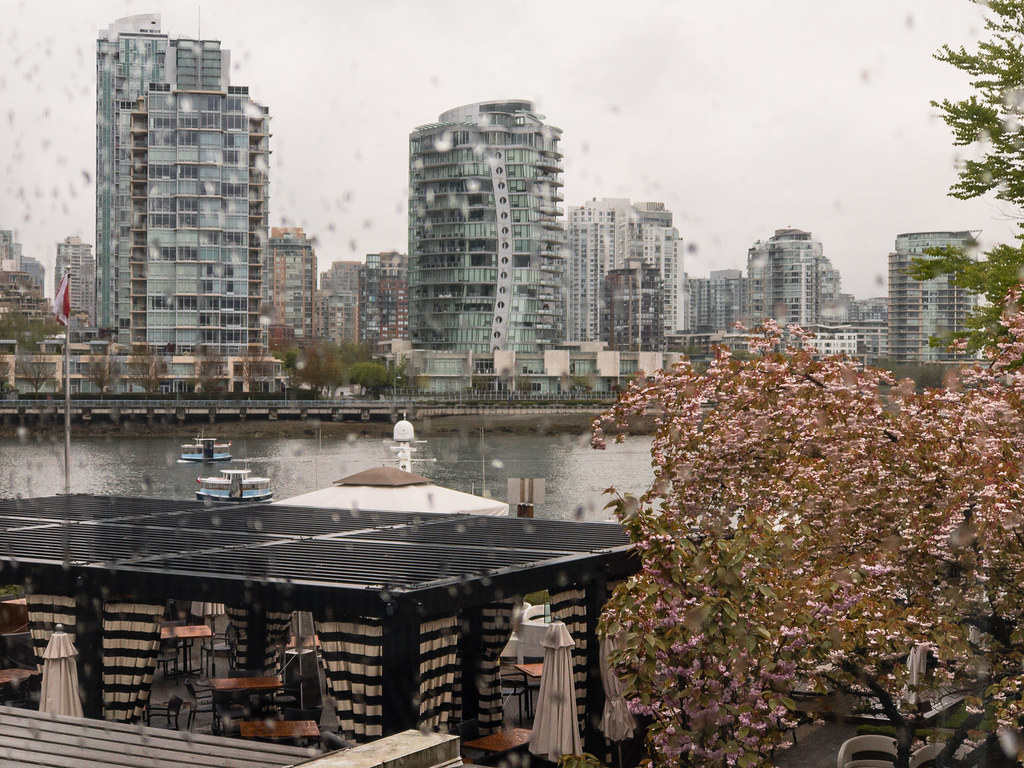
With over 80% of the Canadian population now living in urban areas, how we design, build, and live in our cities has a significant impact on the environment. Cities can lead the way in addressing climate change or lag behind. We’ve found a number of reports and examples of how cities can successfully address climate change.
A Changing Climate
“The climate determines almost everything about how we design, build, and live in our cities. The streets and sidewalks, businesses and homes, parking lots and public transit that we use every day have been created to suit our climate. Now, with our climate changing, we need to re-think important aspects of how we live our urban lives.” [Canadian Cities and Climate Change, Climate Atlas of Canada]
Nature-based Solutions
Nature-based solutions are actions designed to protect, manage, and restore natural ecosystems in ways that benefit both humans and biodiversity as a whole. The online guide outlines the benefits of nature-based solutions for communities, businesses, and nature, providing case studies and tools to assist with financing, recommended practices, and other practical considerations.
Sadiq Khan, Mayor of London, England, has introduced far-reaching plans to green his city. They include:
- Rewilding parks and other green spaces through reintroducing lost species, rewiggling streams, creating pocket parks, and setting up nest boxes;
- Rain gardens, trees, and a reduction of impermeable paving to reduce flash flooding; and
- Living roofs and walls.
“The Urban Greening Factor (UGF) formula, inspired by the Swedish city of Malmö’s ‘green points’ system, scores each part of a development’s plan – including street-level areas, balconies and roofs – from 0 to 1, with trees, planters and green roofs earning high scores, while paving slabs and barren rooftops receive no score. Central government has also set out plans in the Environment Act 2021 to make developments deliver an uplift to biodiversity, which will require a 10% ‘biodiversity net gain’.”

In 2020 46.5% of Singapore’s land was covered in green space, with a tree canopy percentage of almost 30%. One of the greenest cities in the world, it has over 300 km of green corridors as part of the city state’s Park Connector Network.
Tackling GHG Emissions
Working Together
What may feel challenging or impossible on our own becomes doable when we band together.
“Addressing the regional environmental contamination and global ecological footprints associated with modern urbanisation is a historic challenge. On the positive side, it is in cities that dynamic, new ideas are often generated. In the face of the planetary emergency that is upon us, the challenge is to utilise this creativity to rethink cities as regenerative, environmentally beneficial systems, linking the wellbeing of individual urban citizens with humanity’s collective interest in the health of our home planet. Only by mainstreaming renewable energy resources and by protecting and continuously regenerating the ecosystems and soils from which they draw their sustenance can cities become a viable, long-term home for humanity.” [A New Age, Herbert Girardet, in a special issue of Resurgence & Ecologist dedicated to cities]

EcoFriendly Sask supports Saskatchewan environmental initiatives through an online publication, an events calendar, small grants, and the Nature Companion website/app. You can follow EcoFriendly Sask by liking us on Facebook, following us on Twitter, or subscribing by email (top right corner).






